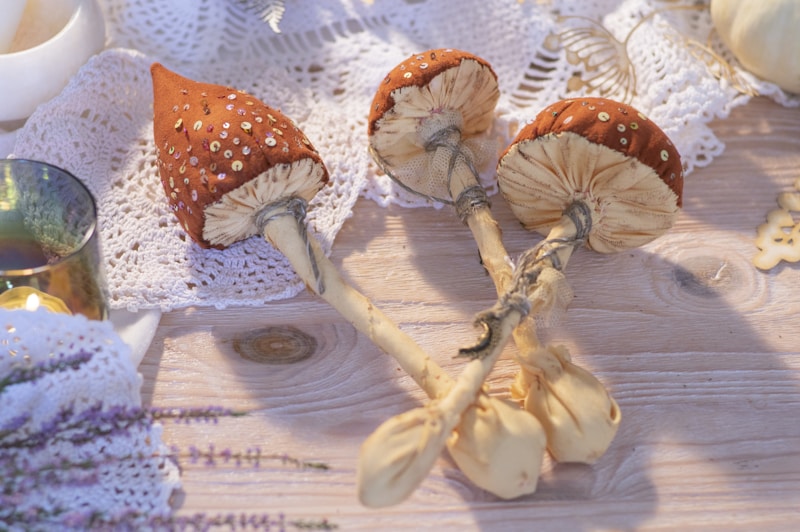Unveiling the Beauty of Exquisite Lace Craftsmanship: A Timeless Art Form
Introduction to Exquisite Lace Craftsmanship
Exquisite lace craftsmanship represents a unique fusion of artistry, heritage, and technical skill. This delicate and intricate art form has been cherished across cultures, passed down through generations, and continues to captivate the hearts of many. From bridal gowns to decorative table linens, lace has adorned a myriad of items, enhancing their beauty with its timeless elegance. In this article, we will delve into the history of lace making, various types of lace, techniques involved, and the charm that makes exquisite lace craftsmanship a treasured skill. We will also explore relevant questions that may arise in your quest to understand this fascinating art.
The Fascinating History of Lace Craftsmanship
Lace craftsmanship dates back to the late 15th century, primarily in Europe. It is believed that its origins lie in the intricate needlework done by nuns in Italy. The art of lace making quickly spread across continents, evolving in various forms. Throughout history, lace has been a symbol of status and elegance, often associated with royalty and the affluent.
As trends evolved, different styles of lace emerged in distinctive regions. For instance, Venetian lace is renowned for its ornate patterns, while Chantilly lace is famous for its black and delicate motifs. The evolution of lace has shown us not just artistic progression but also the cultural influences that shaped it along the way.
Types of Lace
Understanding the types of lace can greatly enhance your appreciation for this craftsmanship. The following table presents a summary of popular lace types, along with their characteristics:
| Lace Type | Origin | Characteristics |
| Venetian Lace | Italy | Intricate, often floral designs; made with needle lace techniques |
| Chantilly Lace | France | Delicate and light; frequently features floral patterns and scalloped edges |
| Bobbin Lace | Various Regions | Made with various threads wound on bobbins; often used in intricate designs and patterns |
| Alençon Lace | France | Characterized by a fine net background and embroidered motifs; rich in detail |
| Cutwork Lace | Italy | Involves cutting away parts of the fabric; creates unique designs through negative space |
Techniques Behind Exquisite Lace Craftsmanship
The techniques employed in lace craftsmanship are as diverse as the styles themselves. Some of the most prevalent methods include:
- Needle Lace: This technique involves stitching intricate patterns onto a fabric base, often created by skilled artisans who expertly maneuver needles to create delicate designs.
- Bobbin Lace: Involves twisting and braiding threads that are held on bobbins. This technique allows for stunning patterns and requires precision and patience.
- Knotted Lace: This ancient technique includes making knots with threads, resulting in unique and often charming designs. The art of macramé shares similarities with this technique.
- Cutwork Lace: This technique reveals the beauty of lace by cutting away sections of fabric, resulting in captivating patterns created through the absence of material.
The Cultural Significance of Lace
The cultural significance of exquisite lace craftsmanship cannot be overstated. This art form conveys narratives about heritage, tradition, and skill. In many countries, lace is not merely a decorative element but has become a part of rituals, celebrations, and symbolism. For instance, in wedding ceremonies, lace often adorns bridal gowns and veils, symbolizing purity and elegance.
Lace craftsmanship also supports local economies and sustains artisanal communities. In regions where lace is produced, such as Bruges in Belgium or Sansepolcro in Italy, local artisans continue to create beautiful lace, keeping traditions alive while contributing to the cultural fabric of their regions.
Common Questions About Exquisite Lace Craftsmanship
As you explore the world of exquisite lace craftsmanship, you may have several questions. Here are some that enthusiasts might commonly ask:
1. How are lace pieces designed?
Lace designs often start with a concept or theme, followed by sketching the intricate patterns. Artisans have to think about not only the aesthetics but also the practicalities of how the lace will be made.
2. What materials are commonly used in lace making?
Traditionally, lace is made from threads such as cotton, silk, and linen. Modern lace makers also explore synthetic fibers, allowing for variations in texture and cost.
3. How long does it take to create lace?
The time taken to create lace can vary significantly. Simple designs may only take a few hours, while intricate pieces can require weeks or even months of work.
4. How can I care for lace items?
Proper care is essential to preserve the beauty of lace. Handwashing in cold water, air drying, and avoiding heavy detergents are recommended practices for maintaining lace items.
The Enduring Appeal of Exquisite Lace Craftsmanship
Exquisite lace craftsmanship is a timeless art form that continues to enchant people around the world. Its delicate beauty, rich history, and cultural significance make it a captivating subject for anyone interested in artistry and heritage. As you explore this intricate art, consider supporting local artisans and learning about traditional lace-making techniques. Whether you are searching for the perfect lace adornment for a special occasion or are intrigued by the craftsmanship behind a beloved heirloom, understanding the value of lace can deepen your appreciation for this exquisite art.
In conclusion, exquisite lace craftsmanship is more than just producing a beautiful product; it embodies centuries of tradition, creativity, and skill. Whether you are a collector, a fashion enthusiast, or simply someone who appreciates beauty, lace can resonate with you in profound ways. We encourage you to explore local lace-making classes, visit artisan workshops, and invest in handcrafted lace pieces. Remember, supporting this beautiful craftsmanship not only keeps the tradition alive but also connects you with the rich cultural narratives woven into every piece.
